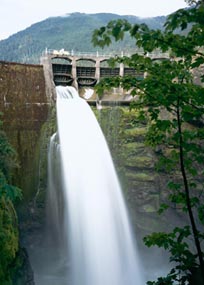Today, I am blogging about something I just found out about. It is backed by the United Nations and my favorite sport. So what is today’s subject? A very cool event called the European Match Day against Hunger. This last weekend soccer teams all over Europe rallied with the purpose of advocating against hunger. According to an article from the Food and Agricultural Organization of the UN, the “Austrian league ambassador Herbert Prohaska said: ‘The main purpose of the Match Day against hunger is to show that all of us can fight against hunger and poverty. Because everywhere in the world people are playing football this is a perfect stage for this message’.”
A soccer coach myself; I cannot help but to agree that this is the perfect stage for a call to action. One reason is because children everywhere kick around soccer balls. In fact, a few months ago I blogged about an indestructible soccer ball that was being distributed to children in war-torn areas. Also, in many areas of Europe soccer is the most popular sport to watch, follow and play. This means there is potential to inspire an entire continent to think about hunger, take action against hunger, and care about hunger! So it is both a stage used by those who are hungry and by those who can advocate for them.
I think that Hristo Stoichkov of the Bulgarian League put it well when he said, “We must do everything in order to guarantee for all children around the world the love and food they need. That is their sacred right”.
Learn more about the European Match Day Against Hunger Here:
http://www.fao.org/news/story/en/item/46667/ico/
View photos here:
http://www.flickr.com/photos/1billionhungry/sets/72157625078678417/
~Lana







